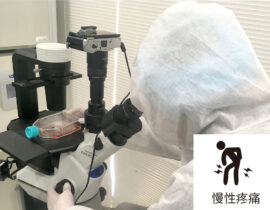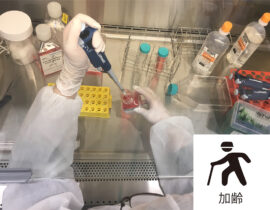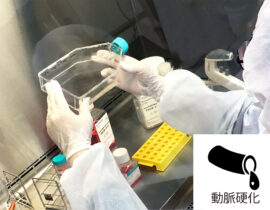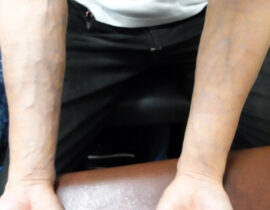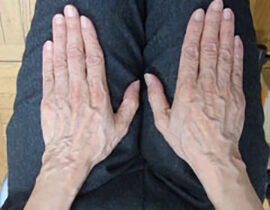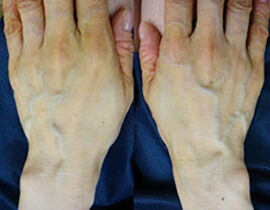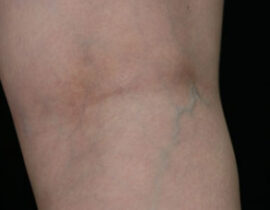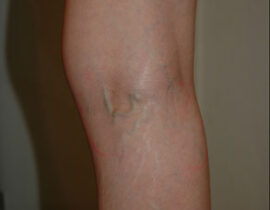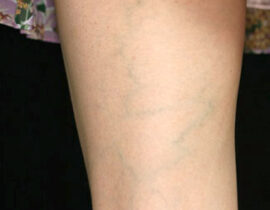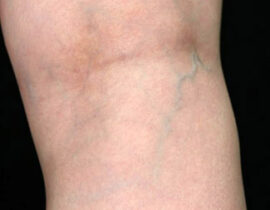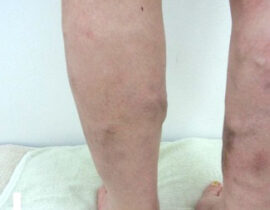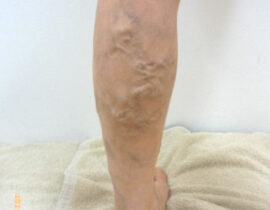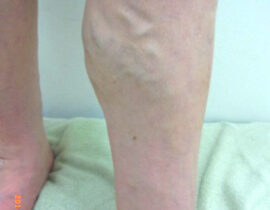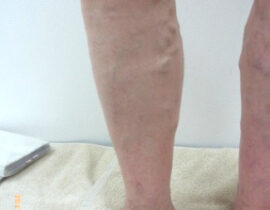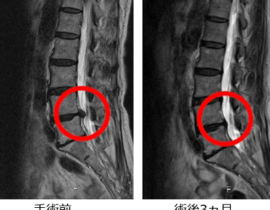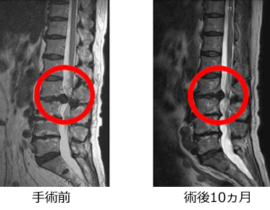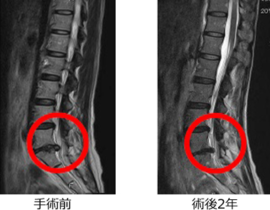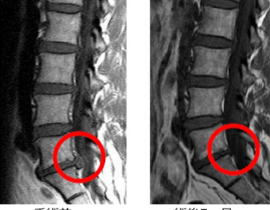【For English】High-Dose Intravenous Vitamin C Therapy
High-Dose Intravenous Vitamin C Therapy
High-Dose Intravenous Vitamin C Therapy
| Overview | When Vitamin C levels in the bloodstream reach a high concentration, it triggers the production of hydrogen peroxide—a substance that selectively targets and destroys cancer cells without harming healthy cells. This therapy is expected to support cancer prevention, reduce the risk of recurrence, and help slow disease progression. |
|---|---|
| Recommended For | Individuals proactively seeking to prevent the onset of cancer Those wishing to prevent recurrence following cancer treatment Patients currently undergoing cancer therapy who wish to enhance its efficacy Individuals who are unable to access conventional or effective cancer treatments |
| Method & Frequency | Vitamin C is administered via intravenous infusion. The frequency depends on the therapeutic objective, typically ranging from once a week to once a month. |
| Duration | Approximately 30 minutes to 1 hour and 30 minutes per session. |
In 1954, Dr. Linus Pauling, a Nobel Laureate in Chemistry, published groundbreaking research in the Proceedings of the National Academy of Sciences (PNAS) during the 1970s, suggesting that Vitamin C had immune-boosting and anti-cancer properties. Despite his reputation and the prestige of the journal, the medical community at the time did not fully embrace his findings, and intravenous Vitamin C therapy did not become widely adopted as a cancer treatment.
However, in 2005, renewed interest in high-dose Vitamin C therapy emerged when a group of leading scientists—from the U.S. National Institutes of Health (NIH), National Cancer Institute (NCI), Food and Drug Administration (FDA), and the Free Radical and Radiation Biology Program at the University of Iowa—jointly published a study in PNAS titled:
“Pharmacologic Ascorbate Selectively Kills Cancer Cells: Acts as a Prodrug for Hydrogen Peroxide Delivery to Tissues.”
This publication brought significant scientific attention to the therapeutic potential of high-dose intravenous Vitamin C as a promising complementary approach in cancer care.
Mechanism of Action
- ・When Vitamin C circulates in the bloodstream and moves into surrounding tissues, it is oxidized and generates hydrogen peroxide. This hydrogen peroxide selectively damages and kills cancer cells.
- ・To produce enough hydrogen peroxide to exert a cytotoxic effect on cancer cells, a pharmacologically high concentration of Vitamin C must be present in the blood—something that cannot be achieved through oral intake alone. Therefore, intravenous infusion is required to reach the necessary therapeutic levels.。
Selectivity and Safety
- ・Normal cells are not harmed because they contain sufficient levels of enzymes, such as catalase, that break down hydrogen peroxide. As a result, only cancer cells are affected by its cytotoxic action.
- ・No hydrogen peroxide is generated within the bloodstream itself—it is only produced as Vitamin C diffuses out of the capillaries and into tissues, ensuring blood components remain unharmed.
- ・This mechanism may also offer therapeutic potential against certain viral infections, such as hepatitis C, where Vitamin C may exert antiviral effects.
- ・There have been case reports where patients with widespread or advanced cancer have shown significant improvement or even complete remission following high-dose Vitamin C therapy.
Treatment Protocols
| For active cancer treatment: |
|---|
| 50 to 100 grams per infusion Administered once or twice per week Continued for approximately 6 months to 1 year, with regular evaluation of therapeutic response |
| For cancer prevention: |
|---|
| 12.5 to 25 grams per infusion Administered 1 to 4 times per month |
Fee
¥6,000–¥35,000 per session (excluding tax) Fees vary depending on the Vitamin C dosage administered (12.5g to 100g).
| 12.5ℊ | ¥6,600 per infusion (tax included) |
|---|---|
| 25ℊ | 12,100円 per infusion (tax included) |
| 50ℊ | 23,100円 per infusion (tax included) |
| 75ℊ | 33,000円 per infusion (tax included) |
| 100ℊ | 38,500円 per infusion (tax included) |
A Next-Generation Approach to Cancer Treatment and Prevention
At Kita-Aoyama D.CLINIC, we offer gene therapy (CDC6 RNAi Therapy) as an innovative option for both cancer treatment and prevention. This therapy is designed to selectively target cancer cells without harming normal cells and is associated with minimal side effects. It can be administered through intravenous infusion or localized injection, making it a low-invasive outpatient treatment with minimal burden on the body.To date, the therapy has been performed in over 1,000 cases with no reports of serious adverse events, demonstrating both its safety and potential as a groundbreaking, patient-friendly treatment. This therapy is primarily recommended for individuals in the following categories:
- ・Those with advanced cancer who have been told that standard treatments are no longer viable, but still wish to pursue further care.
- ・Patients currently undergoing chemotherapy or radiation therapy for advanced cancer who wish to enhance the efficacy of their existing treatment.
- ・Individuals who have completed cancer treatment and are seeking to reduce the risk of recurrence. 。
- ・Those identified as high risk for cancer through RNA-based testing, who wish to undergo preventive treatment aimed at eliminating potential cancer cells before they develop.

